Methyl 4-oxotetrahydrothiophene-3-carboxylate
- CAS NO.:2689-68-1
- Empirical Formula: C6H8O3S
- Molecular Weight: 160.19
- MDL number: MFCD00052381
- EINECS: 220-256-9
- SAFETY DATA SHEET (SDS)
- Update Date: 2024-12-18 14:08:52
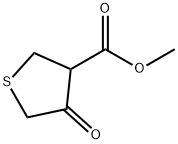
What is Methyl 4-oxotetrahydrothiophene-3-carboxylate ?
Chemical properties
White solid
The Uses of Methyl 4-oxotetrahydrothiophene-3-carboxylate
METHYL 4-OXOTETRAHYDROTHIOPHENE-3-CARBOXYLATE is used in the preparation of a new class of neuroleptic agents.
Synthesis
2,3,4,5-Tetrahydro-4-oxo-3-thiophene carboxylic acid, methyl ester (L75a): 25.3 g (1.1 mol) of sodium were implemented in 190 mL abs. methanol to methylate. To methylate solution 70 g (0.360 mol) (L74) was added dropwise at the boiling point and the reaction mixture was heated for 45 min under reflux. The cooling mixture was poured onto a mixture of 500 mL ice and 300 mL water, acidified with 100 mL conc. HCl and the oily precipitating product was brought to crystallize under cooling with ice/sodium chloride bath. The crystals were sucked off, resumed in 100 mL methylene chloride and dried over sodium sulfate and evaporated. There were obtained 16.7 g of pale beige crystals. The aqueous phase was extracted three times with 100 mL of methylene chloride, the organic phase dried over sodium sulfate and evaporated. 30 g of crystalline product Methyl 4-oxotetrahydrothiophene-3-carboxylate was obtained. Yield: 46.7 g of light beige crystals (81 % of theory). mp 29-31 degC. TLC: Bz:MeOH:AcOH = 45:8:4, Rf = 0.75.
Properties of Methyl 4-oxotetrahydrothiophene-3-carboxylate
| Melting point: | 37-38 °C |
| Boiling point: | 95 °C |
| Density | 1.309±0.06 g/cm3(Predicted) |
| storage temp. | 2-8°C(protect from light) |
| solubility | Chloroform |
| form | Solid |
| pka | 10.52±0.20(Predicted) |
| color | Light Yellow |
| InChI | InChI=1S/C6H8O3S/c1-9-6(8)4-2-10-3-5(4)7/h4H,2-3H2,1H3 |
| EPA Substance Registry System | 3-Thiophenecarboxylic acid, tetrahydro-4-oxo-, methyl ester (2689-68-1) |
Safety information for Methyl 4-oxotetrahydrothiophene-3-carboxylate
| Signal word | Warning |
| Pictogram(s) |
 Exclamation Mark Irritant GHS07 |
| GHS Hazard Statements |
H315:Skin corrosion/irritation H319:Serious eye damage/eye irritation H335:Specific target organ toxicity, single exposure;Respiratory tract irritation |
| Precautionary Statement Codes |
P271:Use only outdoors or in a well-ventilated area. P280:Wear protective gloves/protective clothing/eye protection/face protection. |
Computed Descriptors for Methyl 4-oxotetrahydrothiophene-3-carboxylate
| InChIKey | LEAKUJFYXNILRB-UHFFFAOYSA-N |
| SMILES | C1SCC(=O)C1C(OC)=O |
Methyl 4-oxotetrahydrothiophene-3-carboxylate manufacturer
Innovative Labs
New Products
(S)-3-Aminobutanenitrile hydrochloride 4-Methylphenylacetic acid N-Boc-D-alaninol N-BOC-D/L-ALANINOL Tert-butyl bis(2-chloroethyl)carbamate 3-Morpholino-1-(4-nitrophenyl)-5,6-dihydropyridin- 2(1H)-one Furan-2,5-Dicarboxylic Acid Tropic acid 1-Bromo-3,5-Di-Tert-Butylbenzene S-2-CHLORO PROPIONIC ACID ETHYL ISOCYANOACETATE 2-Bromo-1,3-Bis(Dimethylamino)Trimethinium Hexafluorophosphate 4-IODO BENZOIC ACID 3-NITRO-2-METHYL ANILINE 1-(2,4-DICHLOROPHENYL) ETHANAMINE (2-Hydroxyphenyl)acetonitrile 4-Bromopyrazole 2-(Cyanocyclohexyl)acetic acid 4-methoxy-3,5-dinitropyridine 1-(4-(aminomethyl)benzyl)urea hydrochloride 2-aminopropyl benzoate hydrochloride diethyl 2-(2-((tertbutoxycarbonyl)amino) ethyl)malonate tert-butyl 4- (ureidomethyl)benzylcarbamate Ethyl-2-chloro((4-methoxyphenyl)hydrazono)acetateRelated products of tetrahydrofuran
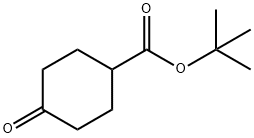
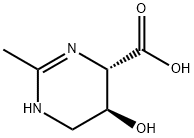


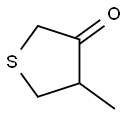

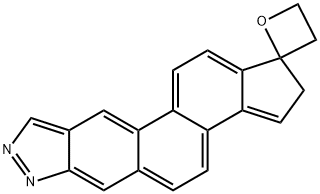

You may like
-
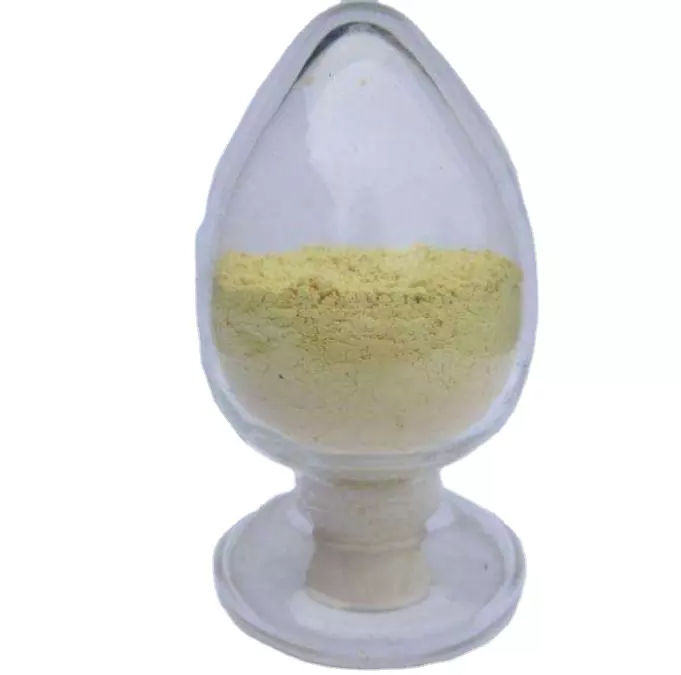 2689-68-1 3-Carbomethoxytetrahydrothiophene-4-one 98%View Details
2689-68-1 3-Carbomethoxytetrahydrothiophene-4-one 98%View Details
2689-68-1 -
 2689-68-1 99%View Details
2689-68-1 99%View Details
2689-68-1 -
 Methyl 4-oxotetrahydrothiophene-3-carboxylate 98.00% CAS 2689-68-1View Details
Methyl 4-oxotetrahydrothiophene-3-carboxylate 98.00% CAS 2689-68-1View Details
2689-68-1 -
 1975-50-4 98%View Details
1975-50-4 98%View Details
1975-50-4 -
 2-HYDROXY BENZYL ALCOHOL 98%View Details
2-HYDROXY BENZYL ALCOHOL 98%View Details
90-01-7 -
 2-Chloro-1,3-Bis(Dimethylamino)Trimethinium Hexafluorophosphate 221615-75-4 98%View Details
2-Chloro-1,3-Bis(Dimethylamino)Trimethinium Hexafluorophosphate 221615-75-4 98%View Details
221615-75-4 -
 14714-50-2 (2-Hydroxyphenyl)acetonitrile 98+View Details
14714-50-2 (2-Hydroxyphenyl)acetonitrile 98+View Details
14714-50-2 -
 118753-70-1 98+View Details
118753-70-1 98+View Details
118753-70-1